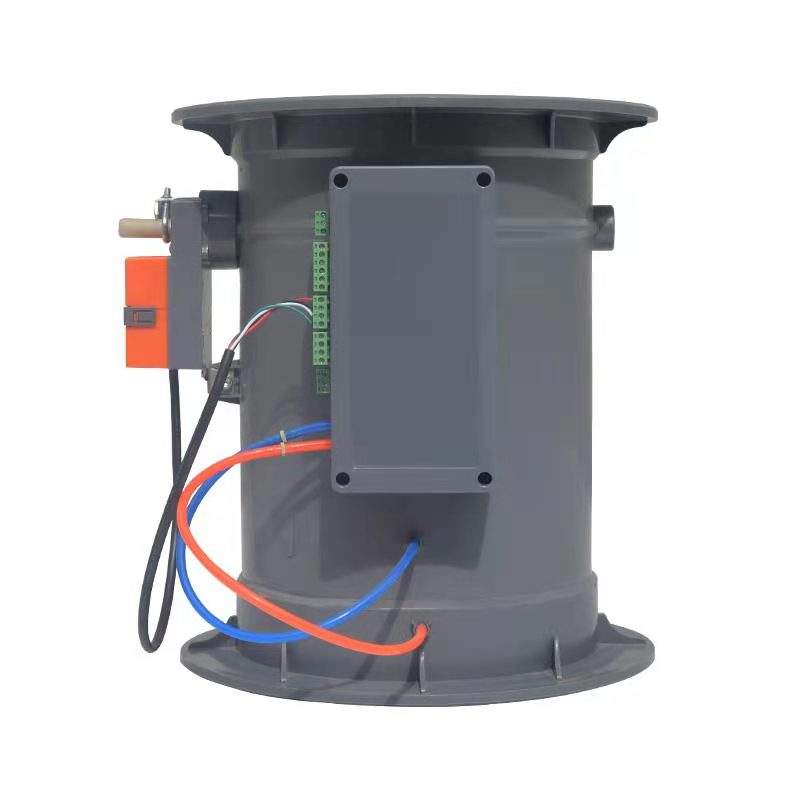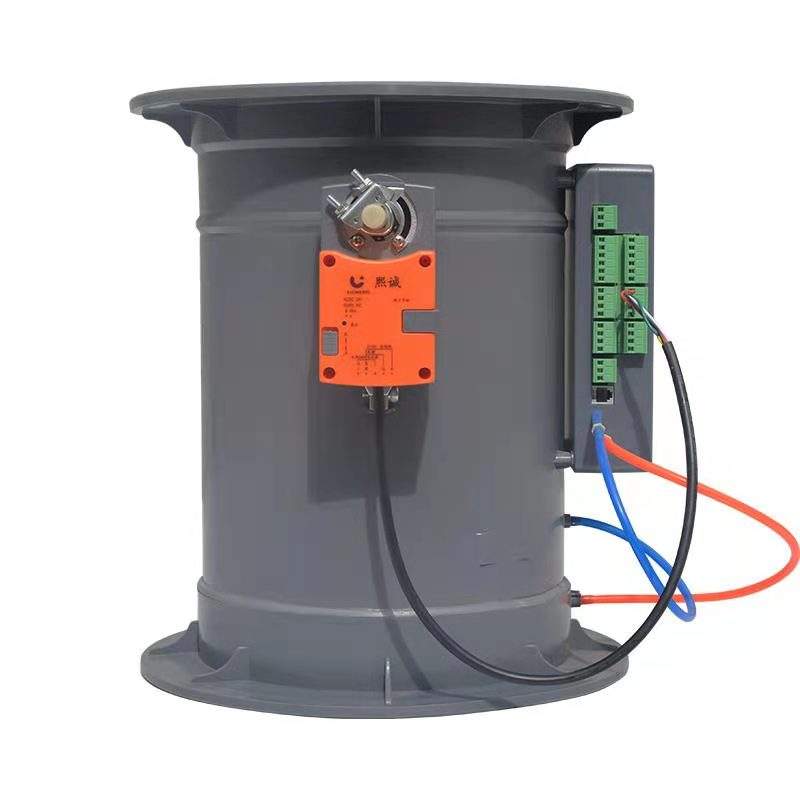The difference between variable air volume butterfly valve and venturi valve
Category : Blog
Laboratory ventilation systems designed on the market today are generally divided into three categories, simple control of constant air volume systems, iteratively upgraded dual air volume systems on this basis, and brand new variable air volume systems. However, it can be seen from the product naming that the function of the variable air volume system is relatively superior. The traditional ventilation system has poor exhaust effect, bad flexibility, and high noise, which can not meet the requirements of the laboratory at all, so the variable air volume The system was born in response to the times. The variable air volume system is also divided into variable air volume butterfly valve and variable air volume venturi valve. What is the difference between the two? Let’s take a look.

Butterfly valve is a type of valve, it can be used to adjust the opening, the shape is like a butterfly, when the wind speed is measured, it can use its own sensor to convert the measured value into an electrical signal, and then the system will be based on The signal regulating air valve is closed-loop feedback controlled as a whole, and the structure is relatively simple and easy, and it can ensure safety.
But the shortcomings of the variable air volume butterfly valve are also very obvious. The most fatal part is that its control accuracy is not high, because it will be affected by the position and number of measuring points, and the sensor also needs time to respond. If you do not pay attention to the installation, the internal and external airflow will be disordered. It will also cause the butterfly valve control to be unstable, the signal response time will be longer, and the accuracy can only be maintained at about 20%. The advantage of this type of valve is that it is easy to use and the design is straightforward. If you do not consider the use of noise or where there is no accuracy requirement, the butterfly valve is more cost-effective.

But if it is a variety of laboratories, or hospitals with precision instruments, the butterfly valve will expose its shortcomings, and then the upper variable air volume venturi valve will have to be used. The variable air volume system also uses sensors, but different from the butterfly valve, it uses a displacement sensor to measure the opening of the sliding door, and then transmits the signal to the controller. The controller has its own algorithm formula and adjusts the valve according to the calculated air volume. The size of the opening can adjust the exhaust air volume of the system.
The advantage of the variable air volume venturi valve is that the system has good anti-interference ability. Compared with the traditional butterfly valve, its accuracy can reach only 5%, and it can also achieve a high adjustment ratio that cannot be achieved by traditional valves. For example, Desai Zhiyan The tsirosmax variable air volume venturi valve can reach a turndown ratio of 20:1, which is relatively prominent in the industry products. In theory, the response time of the Venturi valve can be less than 1 second, and it will not be affected by other external pressures.
In general, different laboratories have different ventilation requirements, and the choice of valves should be tailored to local conditions. If you are not sure whether to choose a butterfly valve or a Venturi valve, you can also consult the designers or experts of Desai Zhiyan to ensure targeted design and ensure the safety and normal operation of the laboratory. On this basis, we must also choose high-quality and well-known manufacturers, such as Shenzhen Xicheng Environmental Protection Technology Co., Ltd., which can save costs for users and improve comfort on the basis of high quality.